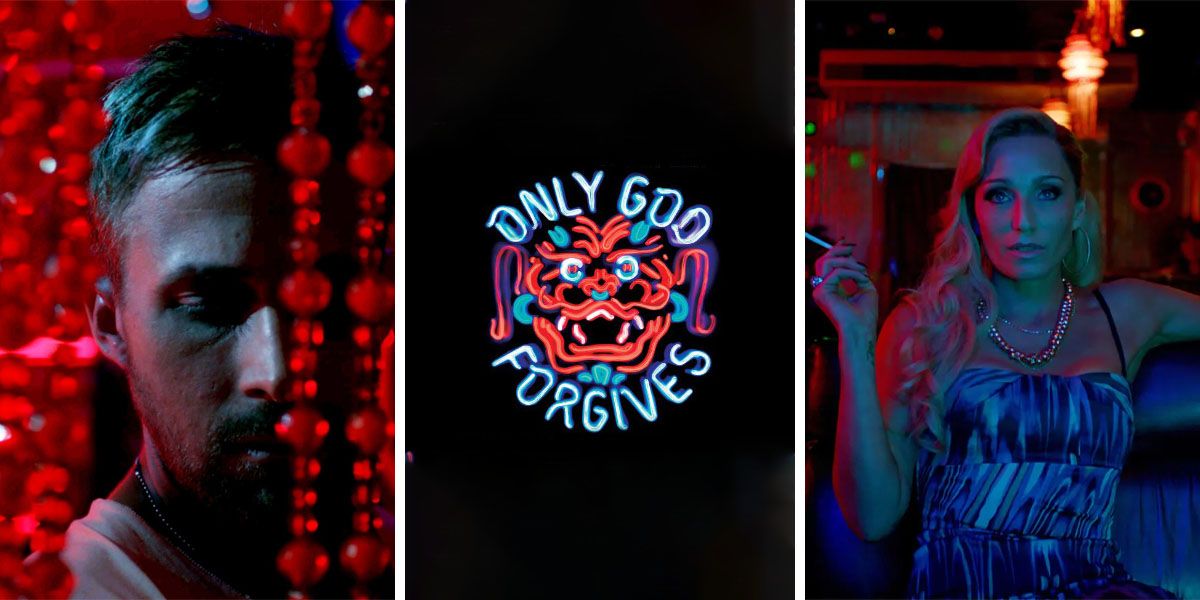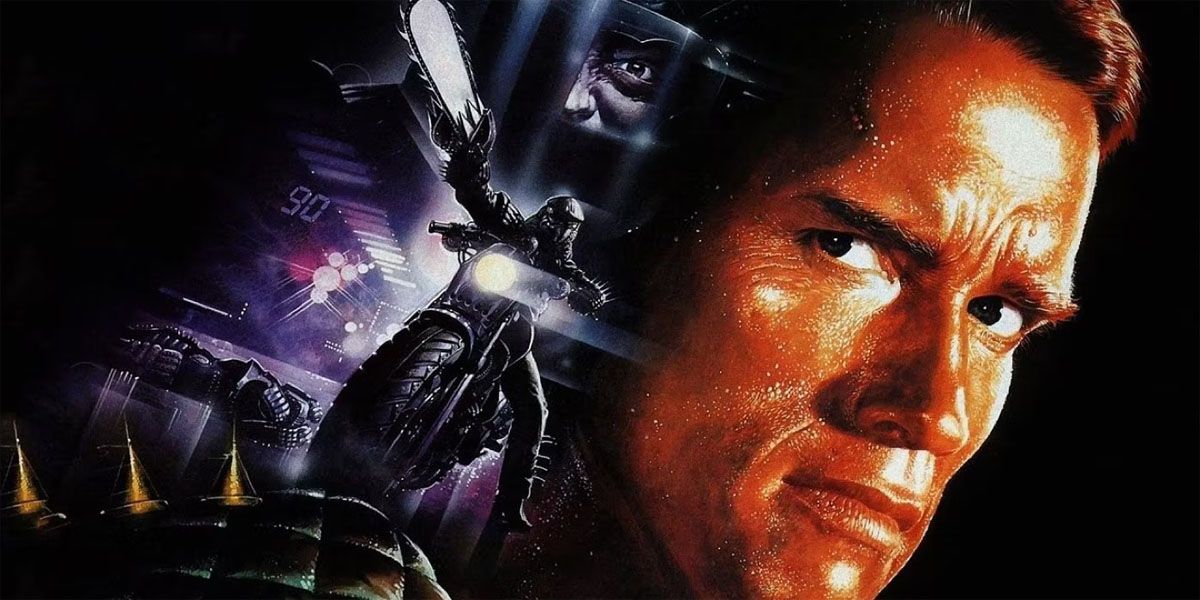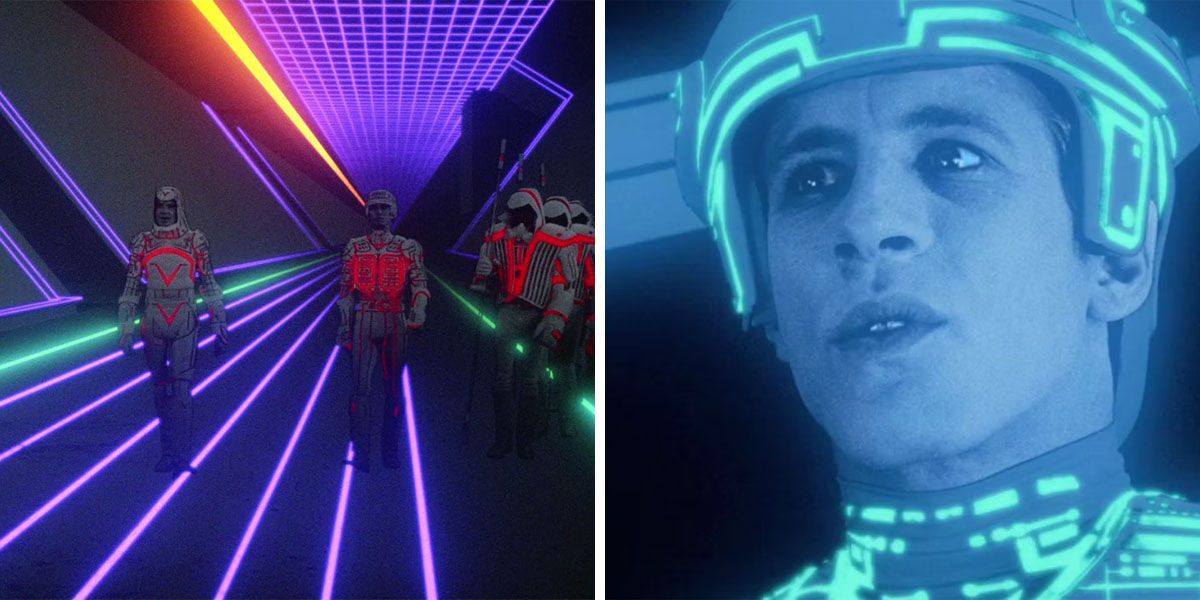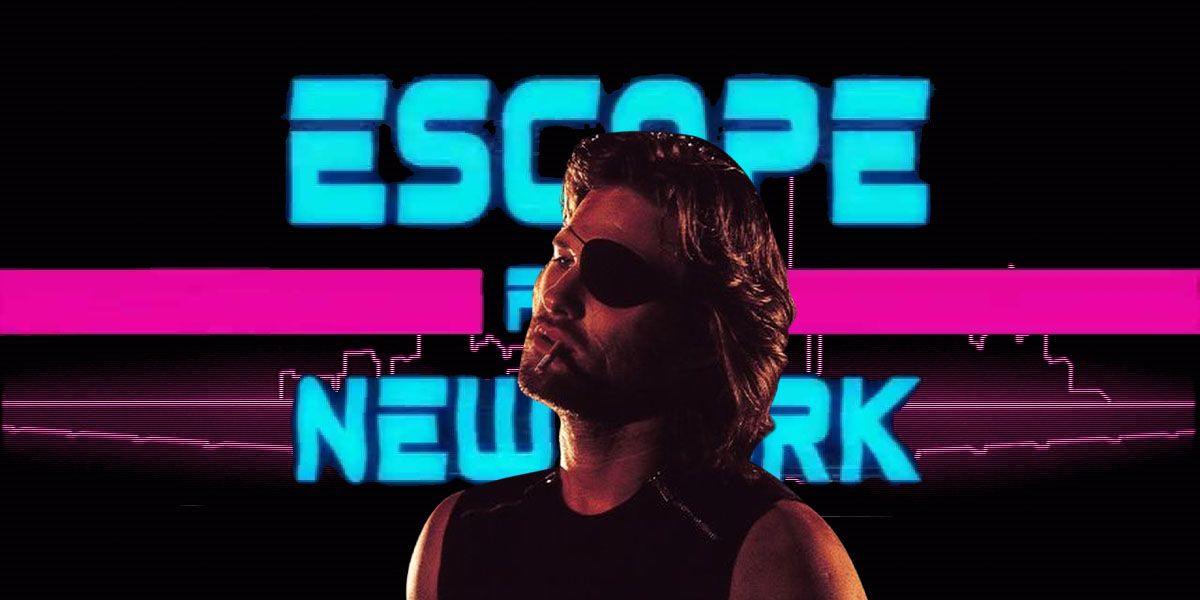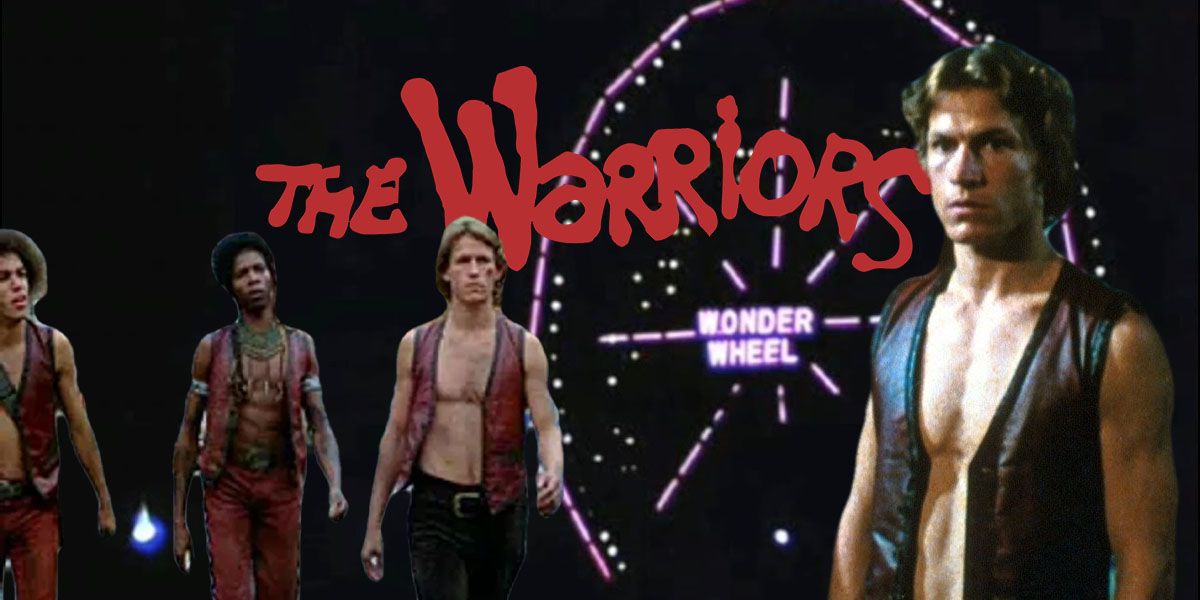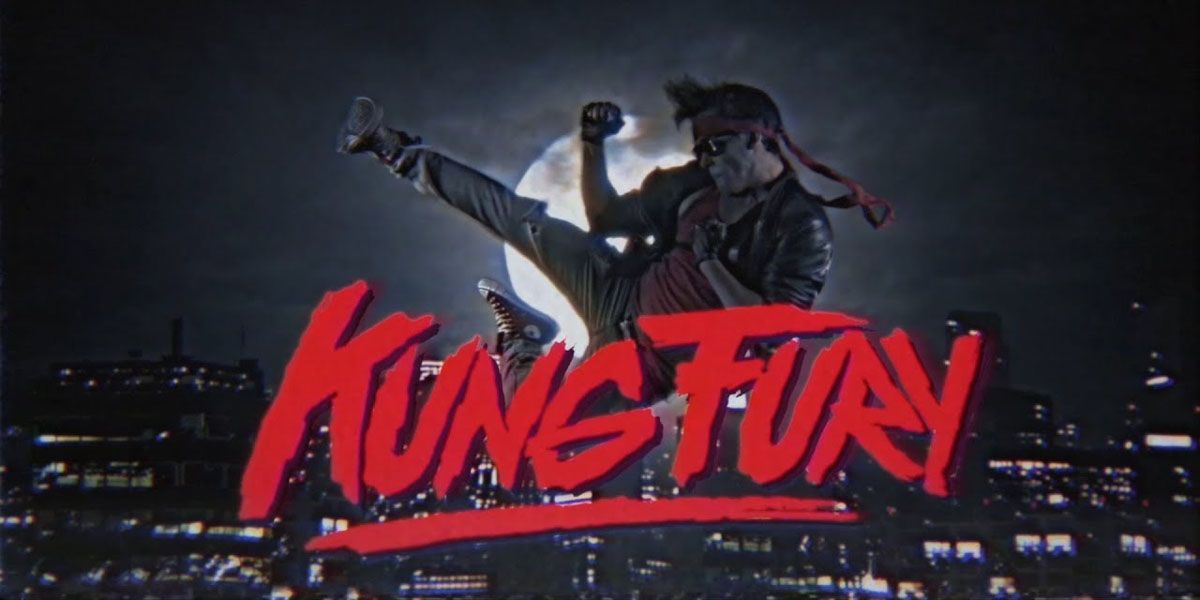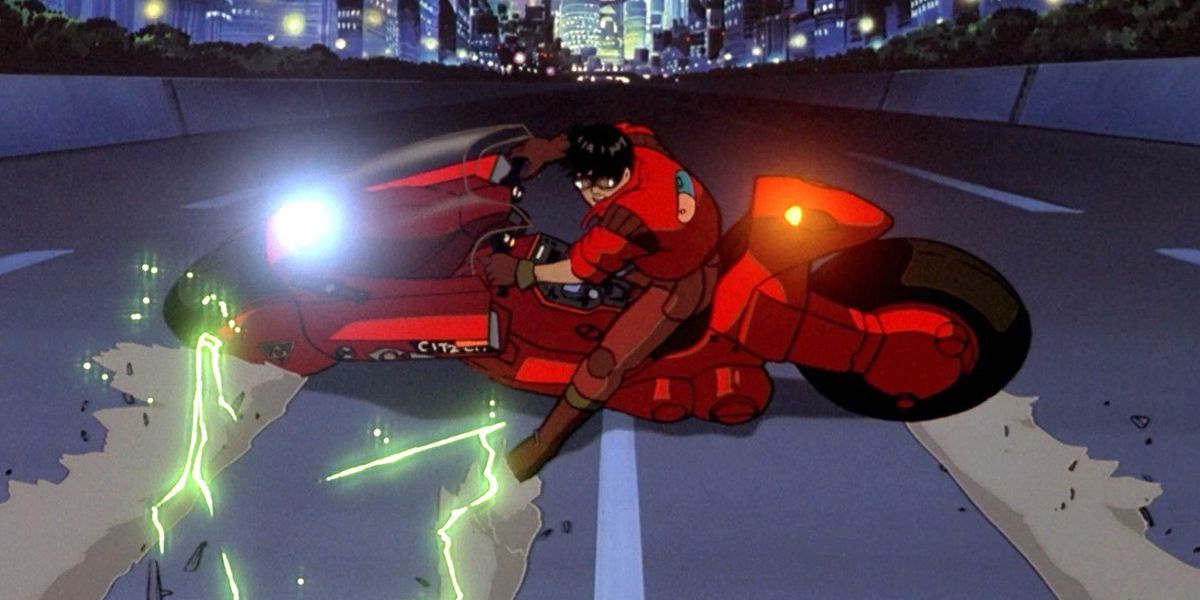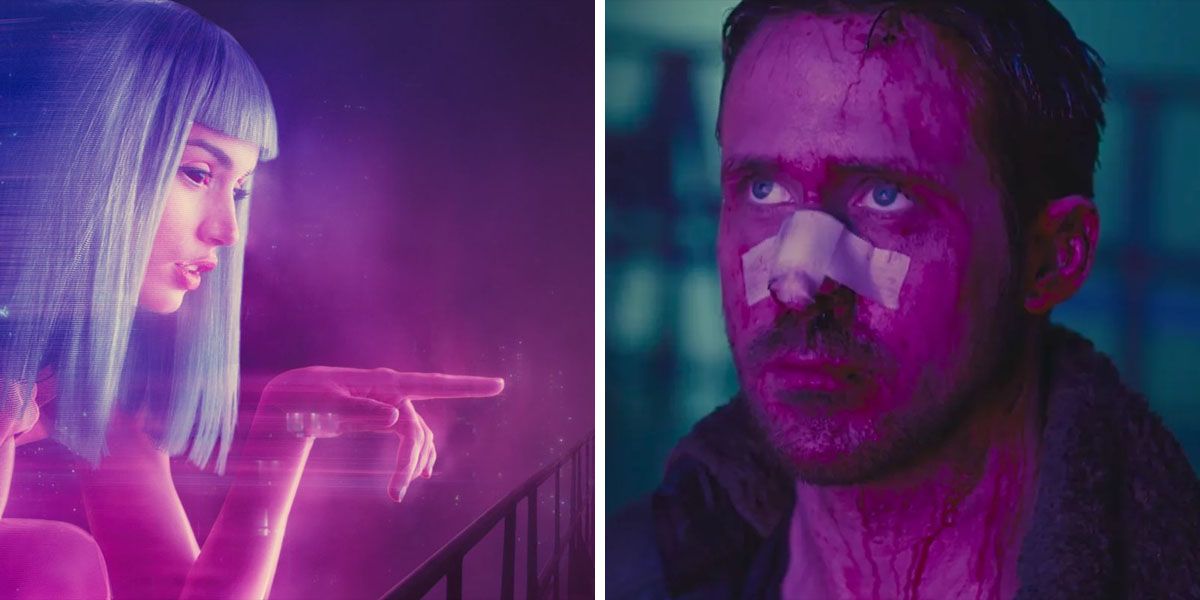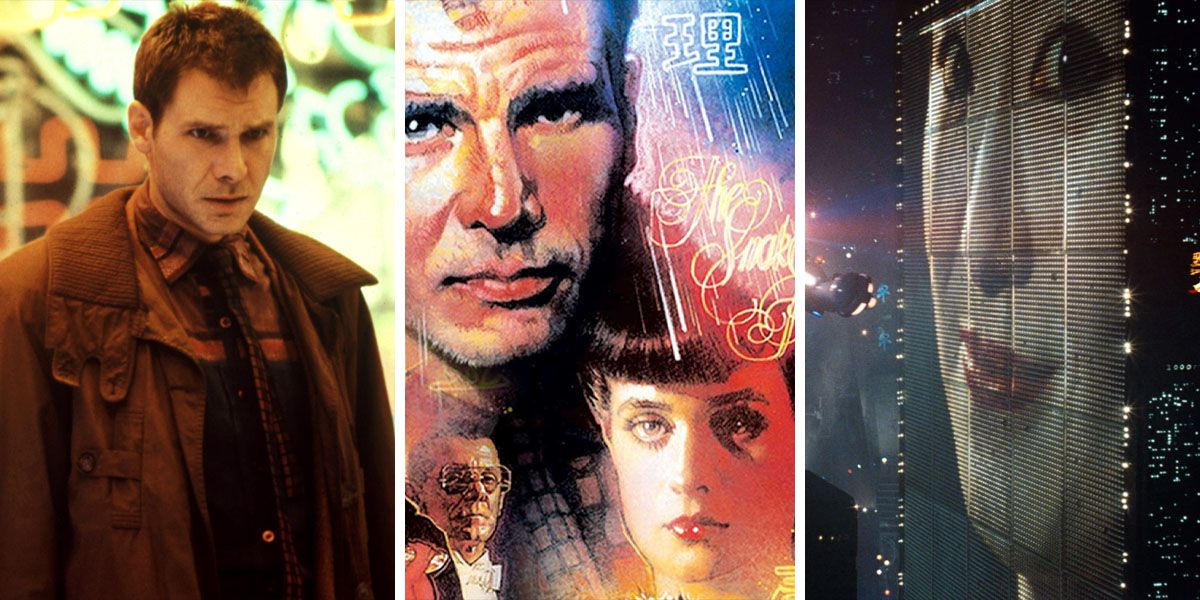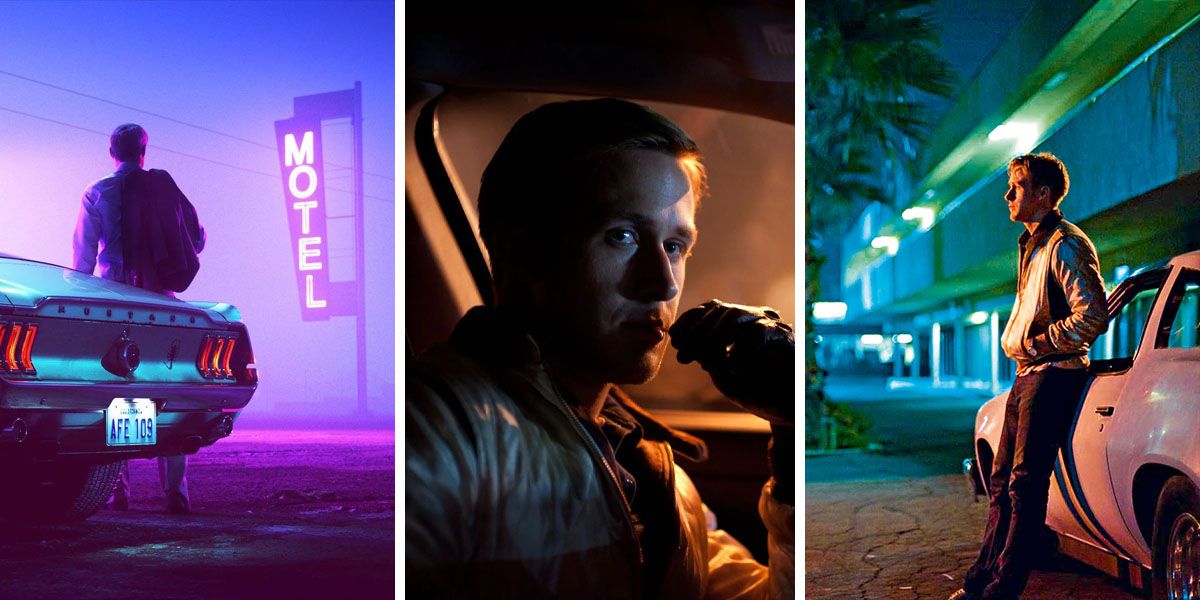Neon lights. Fast cars. Moody atmospheres. Violence. Synth tunes. These are the hallmarks of the Outrun aesthetic, a general subgenre born out of synthwave music and 80s movie visuals. Outrun is hard to quantify because if anything, it is more of a feeling. Like you're a detective mulling over a case, driving down neon-lit streets at night under the light of a full moon.
Outrun is often described as noir-adjacent, but it’s not strictly about law enforcement. In fact, the name originates from a 1986 Sega arcade driving game. The game's soundtrack inspired French electronic musician Kavinsky's 2013 debut album, which he named after the game. Since then, the name has become associated with the synth-wave genre and the aesthetic of 80s movies and their synth-heavy soundtracks.
'Only God Forgives' (2013)
Nicolas Winding Refn’s 2013 Only God Forgives features Ryan Gosling running a kickboxing ring in Thailand as a front for his mother’s drug empire. The entire family has blood on their hands and the movie opens with Julian’s brother committing a horrendous crime. The family’s relationship with the Thai locals serves as a commentary on colonialism under the guise of an action film.
Only God Forgives displays many of the trappings of the Outrun aesthetic. Lit with neon pinks and blues and featuring synthy songs, the film clearly draws from the 80s movies and soundtracks that inform the subgenre.
'The Running Man' (1987)
Loosely based on a 1982 Stephen King novel of the same name, 1987’s The Running Man displays the dystopian United States where convicted criminals must escape death at the hands of professional killers as part of a television show. The movie plagiarized the 1983 French movie Le Prix du Danger which, like the German 1970 German film Das Millionenspiel, was based on Robert Sheckley's 1958 short story "The Prize of Peril".
The movie is set in the then-future of 2017, but as imagined through a 1987 lens. This strong sense of retro-futurism complements a synth-laden score composed by Harold Faltermeyer. Both the sonic and aesthetic sensibilities of The Running Man were major influences on the Outrun subgenre.
'TRON' (1982)
Disney’s TRON is a classic. It stars Jeff Bridges as Kevin Flynn, a video game developer who is transported inside a virtual world. There he faces many threats while interacting with anthropomorphic programs in his attempt to escape back to reality.
TRON might not be a masterpiece, in fact, the arcade game based on the movie made more money than the movie did at the box office. However, its far-reaching influence on special effects and exploration of contemporary themes caused its popularity to wax over the years, eventually yielding a sequel 28 years after its initial release. The neon-infused imagery and sounds have inspired countless imitators.
'Escape From New York' (1981)
John Carpenter’s 1981 sci-fi action film Escape From New York has done as much as any movie to influence the Outrun subgenre. Set in the then-future of 1997, Escape From New York displays the crime-ridden United States which has converted the island of Manhattan into a massive maximum security prison. Interestingly enough, Carpenter began writing the film in the 1970s in reaction to the Watergate scandal.
Carpenter composed the score himself which has been an influence on Outrun and the other subgenres of Cyberpunk, Synthwave, and New Retrowave. The film’s high-octane car chases and melodramatic, hard-boiled types have explicitly informed the Outrun subgenre. Escape From New York is intentionally schlocky and is perhaps the greatest B-movie ever made.
'The Warriors' (1979)
Based on a 1965 novel of the same name, 1979’s The Warriors centers on a fictitious New York City street gang who must travel from the Bronx to their home turf in Coney Island after they are framed for the murder of a respected gang leader. When released, outbreaks of vandalism and violence — including three killings — occurred which prompted Paramount to cease advertising for the movie. While its reception was largely negative upon release, film critics have reappraised it in the years that followed.
Upon its debut, The Warriors quickly became a cult classic and set the tone for the broader synthwave sound that would flourish across film scores for the next decade. The movie depicted its plot of hot-headed youth entwined with violence from the perspective of the street gangs involved, which appealed to working-class adolescents. Overall, the imagery of The Warriors influenced the general trappings of the Outrun aesthetic.
'Kung Fury' (2015)
This 2015 featurette pays homage to 1980s martial arts and police action films. With a runtime of only half an hour, Kung Fury is a nonstop barrage of visual references and homages to the 1980s movies it lovingly lampoons. A sequel has been in the works since 2016 and is slated for release sometime in 2022.
Kung Fury feels like a movie that time forgot, rediscovered in a dusty old box of VHS tapes in someone's attic. In many ways, Kung Fury is the zenith of Outrun’s tropes and hallmarks. A hardened, melodramatic protagonist, intense and often over-the-top action, and of course a synthy soundtrack rank Kung Fury as essential Outrun.
'Akira' (1988)
1988’s Akira is a Japanese animated action film that has influenced both Outrun and the adjacent Cyberpunk subgenres. Set in a dystopian Tokyo, biker gang leader Kaneda must deal with his friend’s new telepathic abilities in the midst of civil unrest. Akira is not only noted for its atmosphere, but also for its intense body horror.
Akira is widely considered one of the greatest animated movies of all time. While generally more of a cyberpunk film, Akira’s exceptional visuals and sweeping depiction of a futuristic Tokyo from the back of a motorcycle has no doubt impacted the Outrun aesthetic. Akira’s influence reaches countless other anime as well as acclaimed American films, such as Jordan Peele’s Nope, The Matrix, and Inception.
'Blade Runner 2049' (2017)
2017’s sequel to 1982’s Blade Runner left an immediate impression on the synthwave and Outrun communities. Directed by Denis Villeneuve, the film stars Ryan Gosling as K, a Blade Runner who uncovers a secret that threatens to destabilize society and the course of civilization. The long-awaited sequel struggled at the box office but was a critical success upon release.
Greek musician Vangelis’s score for the original Blade Runner massively influenced the synth heavy tracks that make up the sonic side of Outrun’s general vibe, and Villeneuve’s sequel carried the torch while also fashioning something new. Legendary composer Hans Zimmer, along with Benjamin Wallfisch, crafted Blade Runner 2049’s score which features pulsing percussion and atmospheric synth textures. All in all, Blade Runner 2049 carried its predecessor’s influence and contributed to Outrun in its own ways.
Blade Runner
Though it initially underperformed at the box office, Ridley Scott’s 1982 film Blade Runner has since cemented itself as one of the most influential films of all time. Based on Philip K. Dick’s 1968 novel Do Androids Dream of Electric Sheep?, the film stars Harrison Ford as a burnt-out cop hunting a rouge group of synthetic humans in dystopian Los Angeles. Blade Runner is often regarded as both a leading example of neo-noir cinema as well as a foundational work of the cyberpunk genre, to which Outrun is adjacent.
Drive
Nicholas Winding Refn’s 2011 film Drive stars Ryan Gosling as a stunt driver who moonlights as a getaway driver. He becomes entwined with his neighbor, which results in him taking part in a heist with her husband. The plan goes awry and the lives of everyone involved are endangered.
Drive not only marked a turning point in Ryan Gosling’s career, but it also served as the entry point to the Outrun subgenre for many. With its soundtrack full of synth-laden tunes Drive kicked off the synthwave revival that flourished throughout the 2010s. Its frantic car chases, moody protagonist, and extreme violence shaped the formative impressions of Outrun for many.


